
Sign in to your Collider account
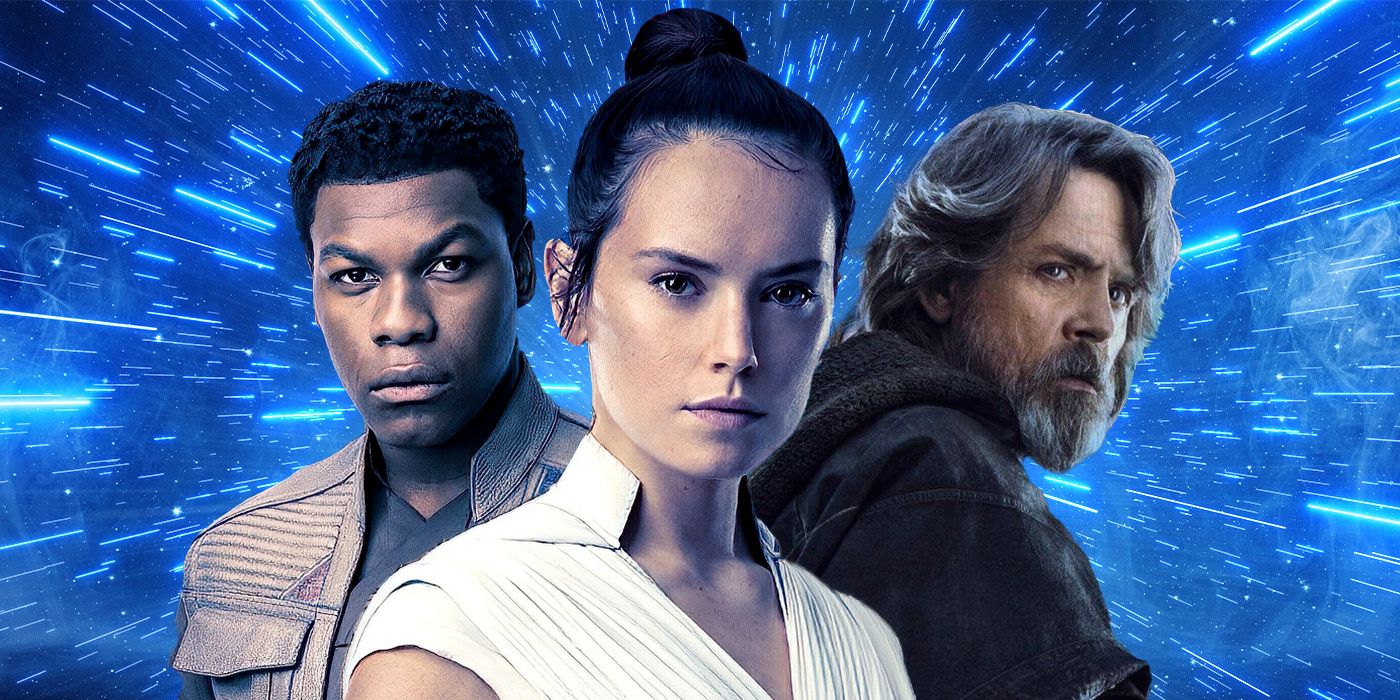 Image by Zanda Rice
Image by Zanda Rice
Spanning across decades, the Star Wars franchise is one of the biggest sagas in blockbuster history as well as one of the most influential and enduring brands in pop-culture entertainment. Such widespread adoration and commercial appeal has seen the series continuously expand from the landmark original trilogy, evolving to incorporate everything from comic books and novels to animated series, video games, and, of course, many more films.
The sequel trilogy is one of the most intriguing aspects of Star Wars to analyze. Riddled with missteps and pitfalls, they haven’t just divided the Star Wars fanbase, they have fragmented it. While the trilogy has been subject to some ridiculous and spiteful critiques over time, no one can deny that it contains some significant flaws. From storytelling woes to retconning past movies, these 10 calamities mark just some of the Star Wars sequels' faults that have become more noticeable in the years since the movies were released.
10 Rey’s Arc Lacks Vision and Planning
Offending Movies: The Whole Trilogy
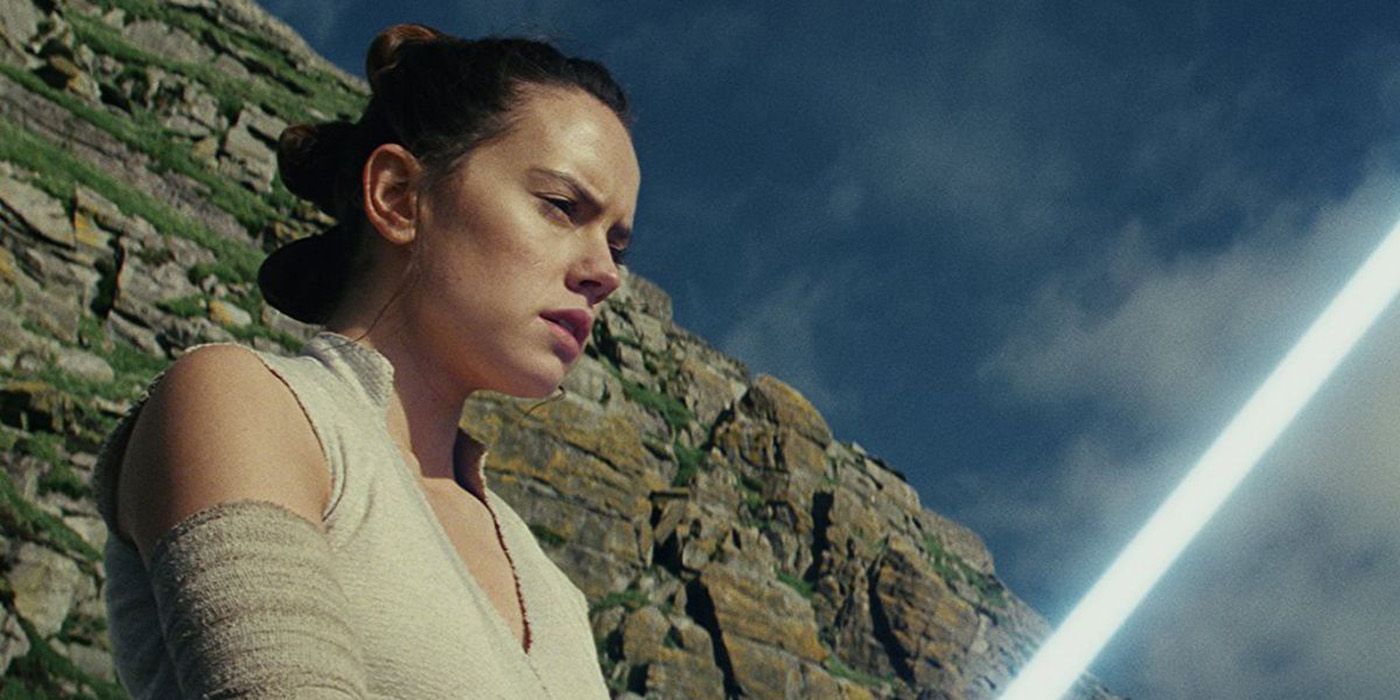 Image via Walt Disney Studios Motion Pictures
Image via Walt Disney Studios Motion Pictures
Throughout the trilogy, Rey (Daisy Ridley) goes from being a no-name scavenger waiting for the return of her parents to a hero of the Resistance who accepts the Skywalker surname in order to keep it alive, along with the hope that it brings. As a point A to point B plot, this works. However, the pathing along the way is jarring and uncertain, ultimately reeking of a character arc that lacked any pre-conceived vision or planned oversight and was instead invented anew in each of the three movies.
This is most notably a symptom of the disorganization behind the scenes in regard to who would be directing each film and, more to the point, the lack of a set outline for the trilogy. Instead, each film swayed on the whims of audience feedback, creating a reactive and unrewarding arc with no cohesion. This is such a tragedy because Daisy Ridley imbued Rey with a vibrant likability and an intriguing, underlying mystery that gave her the potential to be one of the best heroes in the Star Wars saga.
9 Nostalgia Baiting
Offending Movie: The Whole Trilogy
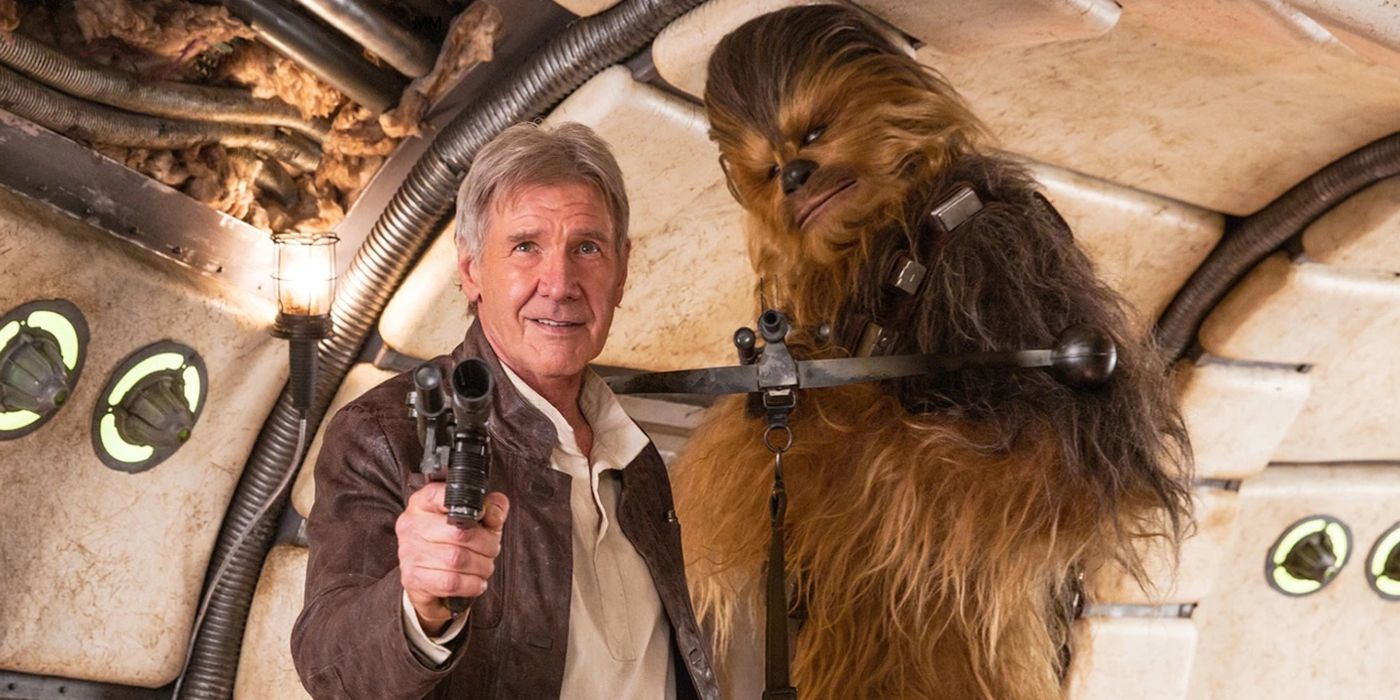 Image via Walt Disney Studios Motion Pictures
Image via Walt Disney Studios Motion Pictures
A great way to gauge whether a callback is egregious nostalgia bait or a meaningful and well-earned narrative beat is to consider the impact the moment has on the wider story. If it has an effect that can’t be achieved by other means, then it is nostalgia being implemented intelligently. If it is simply thrown in the midst of a scene to evoke a response from viewers without narrative cause, then it is nostalgia bait. Sadly, many ongoing franchises now employ nostalgia bait frequently, and the Star Wars sequels are no different.
The fact that the entire arc is a basic rehash of the original trilogy’s story is perhaps the greatest example of this, but there are specific details and moments within each of the films that are particularly grating. Considering so many of these reflective moments wormed their way into key points of the trailers only highlights how the sequel trilogy actively used nostalgia as a driving selling point to manipulate fans rather than as an emotional beat to complement a new wave of Star Wars stories. Unfortunately, the exploitative use of nostalgic callbacks has been prevalent in many of the Star Wars projects released by Disney in recent years.
8 Inconsistent Fight Choreography
Offending Movies: The Whole Trilogy
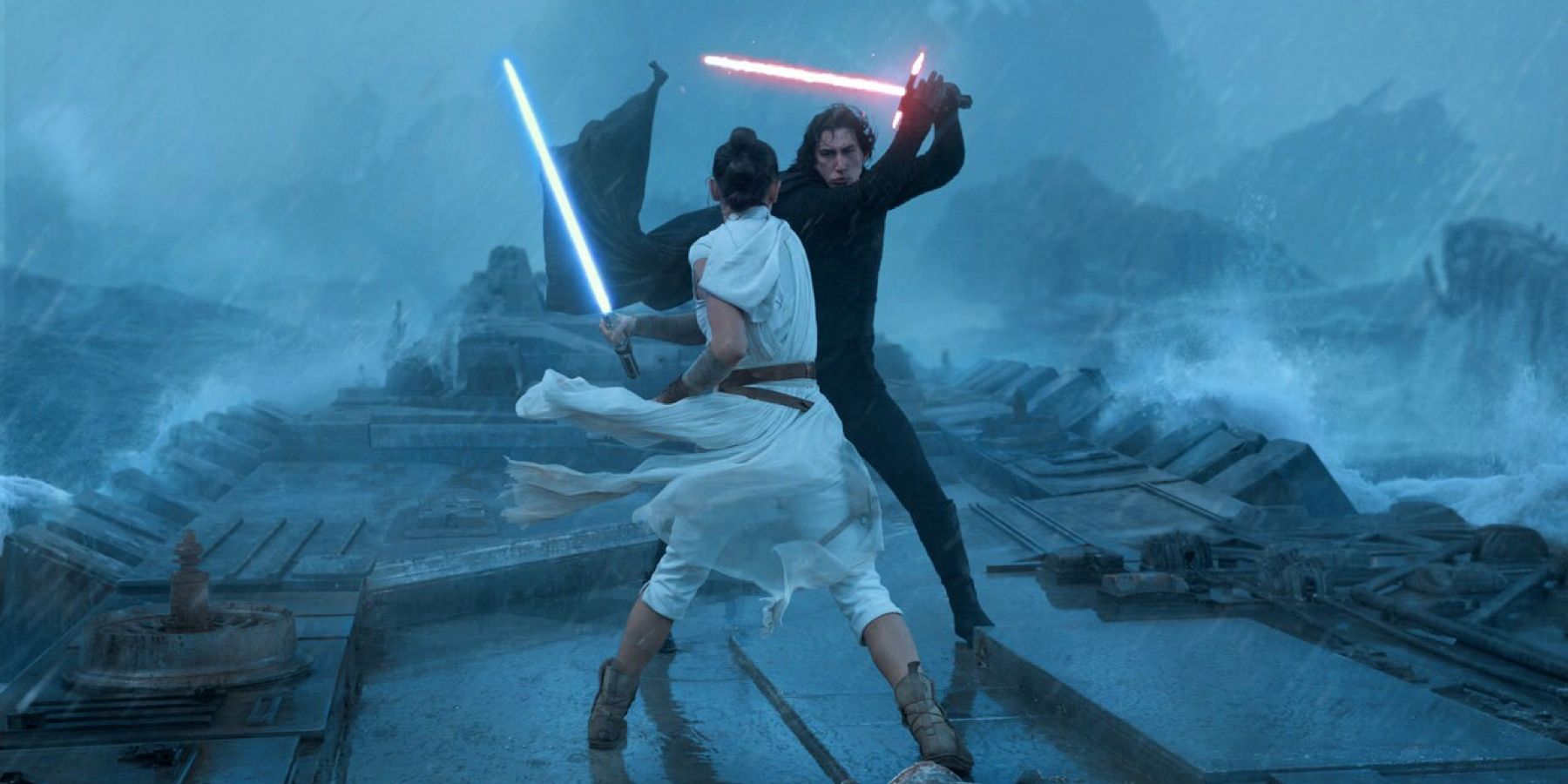 Image via Walt Disney Studios Motion Pictures
Image via Walt Disney Studios Motion Pictures
Both of the previous Star Wars trilogies have drawn criticism for their fight choreography. The duels in the original series—particularly Star Wars: Episode IV - A New Hope—are viewed as being underwhelming and clunky, while those of the prequels have found naysayers who believe they are overly orchestrated and ridiculous. However, at least both trilogies remained relatively consistent within their own narratives.
The fight choreography in the sequel trilogy reeks of an over-developed desire to appease Star Wars fans. Star Wars: Episode VII - The Force Awakens seems to resort to the style of the original trilogy, but when the more simplistic duel between Rey and Kylo Ren (Adam Driver) earned some minor criticism, the trilogy pivoted towards more sensationalized combat sequences. Granted, this provides such visual treats as the throne room fight in Star Wars: Episode VIII - The Last Jedi, but it devolves into an utter mess in Star Wars: Episode IX - The Rise of Skywalker where creative inspiration is gagged in favor of a shallow attempt to strike the balance fans want. It results in the least spectacular duels of the entire franchise, and makes the entire trilogy glaringly unbalanced when revisited.
Release Date December 17, 2015
Runtime 136 Minutes
7 It Wastes Intriguing Side Characters
Offending Movie: The Whole Trilogy
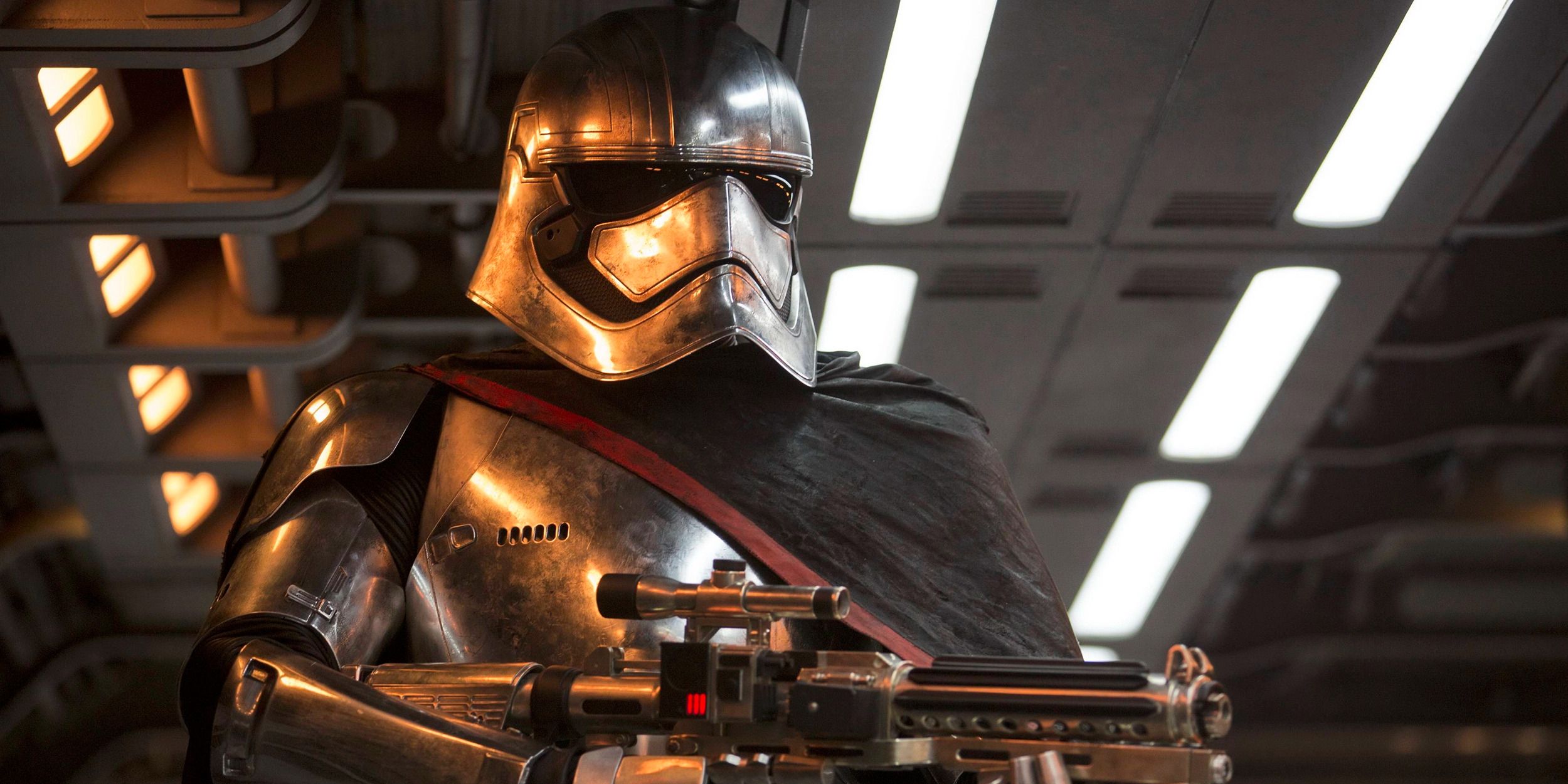 Image via Walt Disney Studios Motion Pictures
Image via Walt Disney Studios Motion Pictures
From the likes of Boba Fett in the original trilogy to some of the Sith Lords in the prequels, the Star Wars franchise has always had a certain knack for conjuring up incredible characters who don’t always meet the full extent of their potential. Sadly, this became even more of a trend in the sequels, with numerous enticing characters being introduced in spectacular fashion only to be squandered as the trilogy went on, with some of them even seemingly being forgotten about entirely.
Captain Phasma (Gwendoline Christie), General Hux (Domhnall Gleeson), and Supreme Leader Snoke (Andy Serkis) make up just the major villains who were wasted over the course of the movies. Add in the likes of Benicio Del Toro’s amoral codebreaker, D.J.—who was introduced in The Last Jedi and never returned—and Keri Russell’s Zorii Bliss, and even Lupita Nyong’o’s Maz Kanata, and the Star Wars sequels were terrible when it came to introducing supporting characters that would go on to have a significant impact on the story.
6 The Bond Between the Three Main Characters is Neglected
Offending Movies: 'Star Wars: The Last Jedi' (2017) & 'Star Wars: The Rise of Skywalker' (2019)
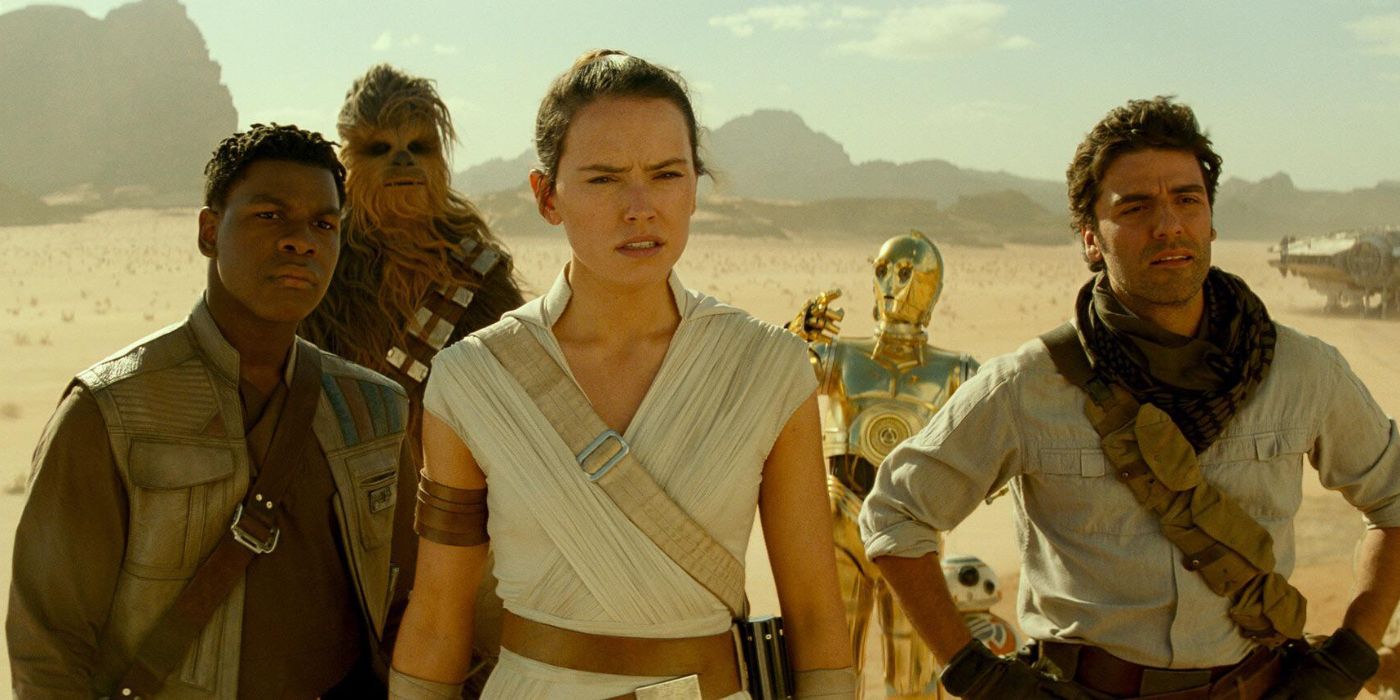 Image via Walt Disney Studios Motion Pictures
Image via Walt Disney Studios Motion Pictures
While it has some of its own flaws, one area where The Force Awakens truly thrives is with the chemistry between its three lead characters in the force-sensitive scavenger, Rey; First Order deserter, Finn (John Boyega); and the Resistance pilot, Poe Dameron (Oscar Isaac). Excelling within the adventurous splendor of the movie, each character is instantly likable in their own right while meshing with each other with a playful and endearing effervescence, much like the trio in the original trilogy.
While it does make sense for the three leads to split onto their own separate paths in The Last Jedi, the fact that they never truly reconvene for any meaningful purpose is a missed opportunity that is blatantly apparent upon reflection. While they do share the screen together more in The Rise of Skywalker, they are again torn apart too often and too quickly. The end result is the integral bond upon which the trilogy was based is discarded as “Reylo” becomes an unnecessary focus and Finn and Poe are largely dismissed.
5 The Lack of Political Allegory
Offending Movie: The Whole Trilogy
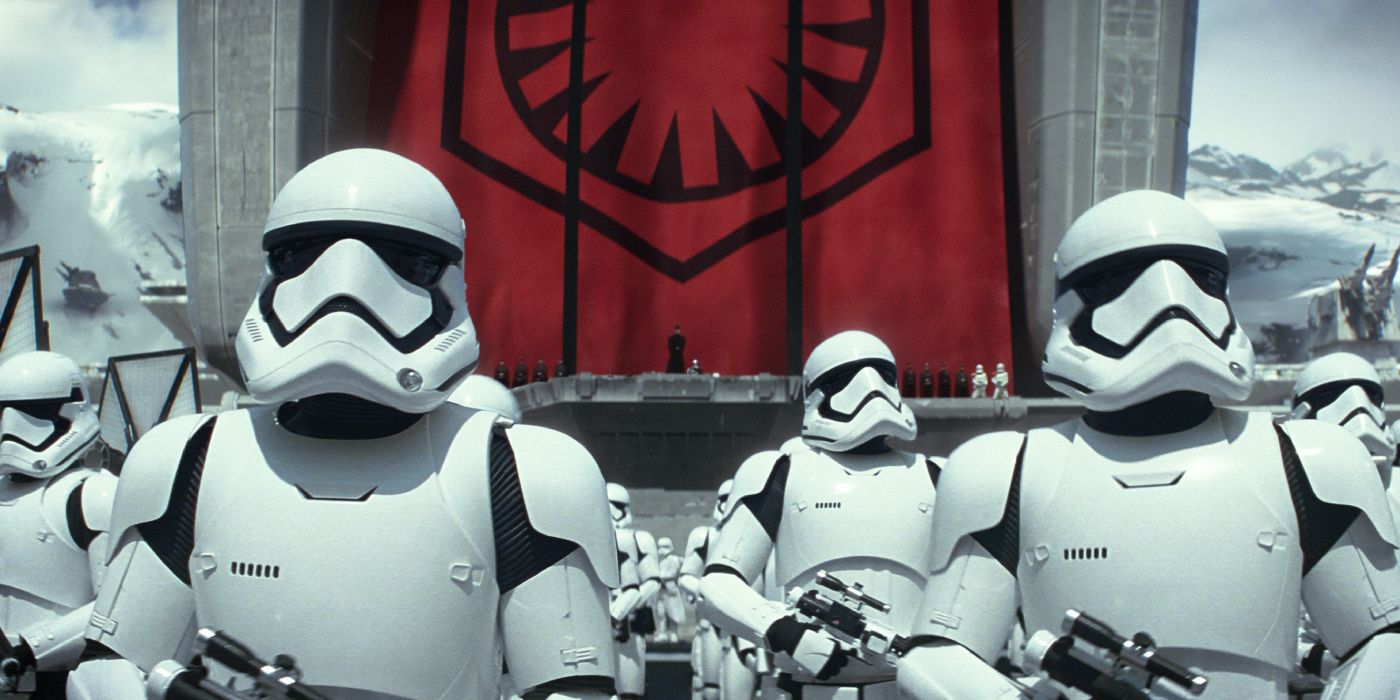 Image via Walt Disney Studios Motion Pictures
Image via Walt Disney Studios Motion Pictures
While many outspoken Star Wars fans on social media may have lamented the sequels for being too political, a counterargument can easily be made suggesting that, in actual fact, the story suffers because it isn't political enough. Timely political parable has always been present in Star Wars, from the original trilogy being a commentary on the Vietnam War to the prequels examining how easily democracies can backslide into extremism and tyranny through the abuse of power. Sadly, the sequels incorporate no such agenda.
While many were ridiculously incensed by the inclusion of certain characters or the innocuous pandering present in certain shots, the real reason the sequels suffer in regard to political presence is because they have nothing to say. The implementation of such commentary may not only have given the trilogy more bite, but it also could have imbued it with a stronger throughline that all three movies could adhere to. In lieu of any allegorical insights, the trilogy contains broad and momentary moral ponderings that offer nothing new to the franchise, aren’t explored in any depth, and are easily forgotten once moved on from.
4 The Treatment of Luke Skywalker
Offending Movie: 'Star Wars: The Last Jedi' (2017)
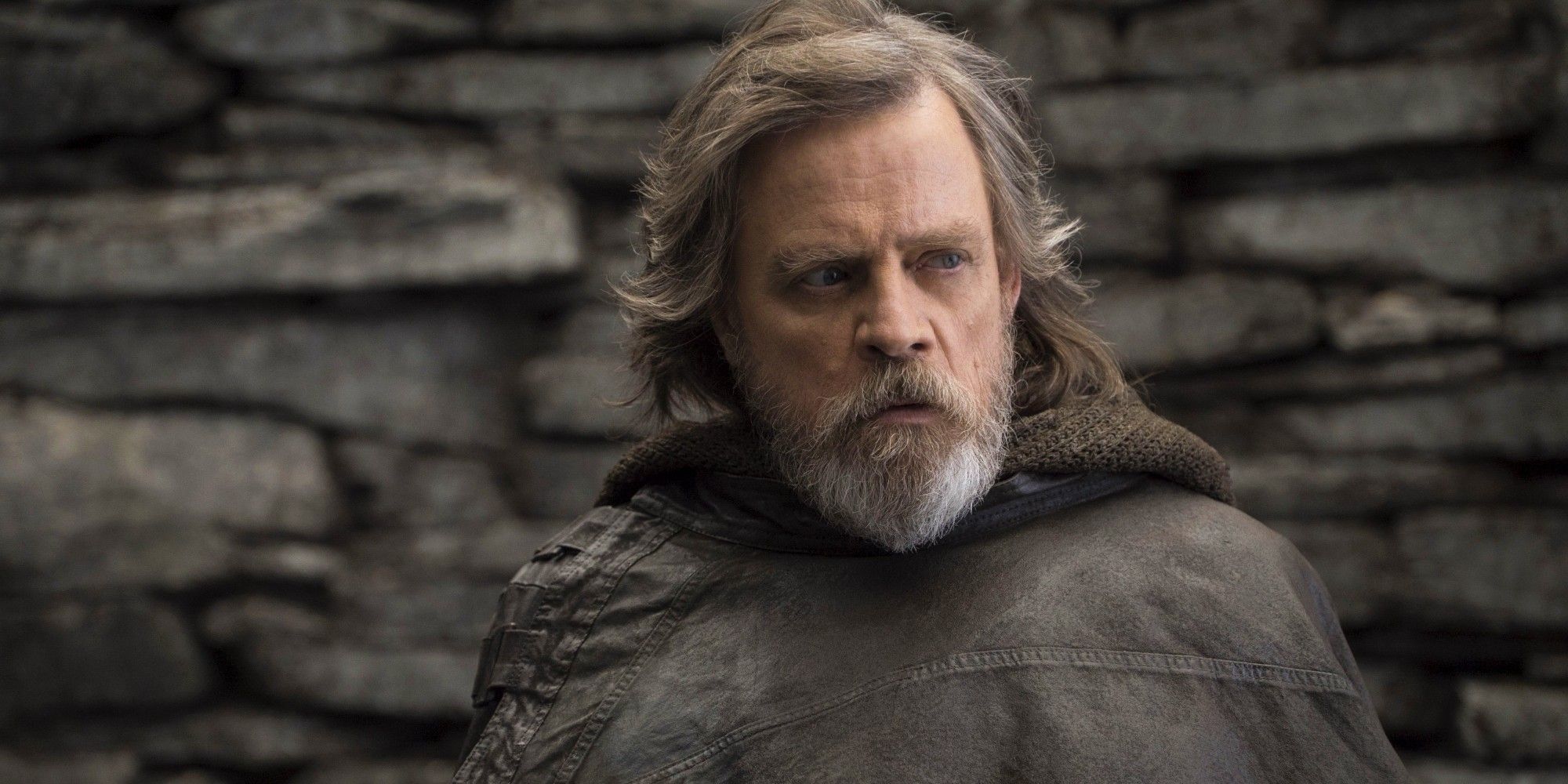 Image via Walt Disney Studios Motion Pictures
Image via Walt Disney Studios Motion Pictures
The return of the heroes of the original trilogy led to mixed results in the sequels. While the treatment of Han (Harrison Ford) and Leia (Carrie Fisher) was largely applauded, the handling of Luke Skywalker’s (Mark Hamill) arc in The Last Jedi was not quite so well received. Before the release of the sequels, Luke was a universally beloved character who resisted the urges of the dark side that saw his father succumb to stand against the tyranny of the Galactic Empire.
Returning to such a character as an embittered and distrusting recluse who even contemplated killing the son of his two most cherished allies is nothing short of a betrayal of the character. While there is some credit in Luke’s disillusionment, especially given the rise of the First Order, the way in which the narrative decision was incorporated was distracting at the time of release, and has only aged to be a real sour point of the trilogy in retrospect.
Release Date December 15, 2017
Director Rian Johnson
Runtime 152 Minutes
3 Retconning Past Movies
Offending Movie: 'Star Wars: The Rise of Skywalker' (2019)
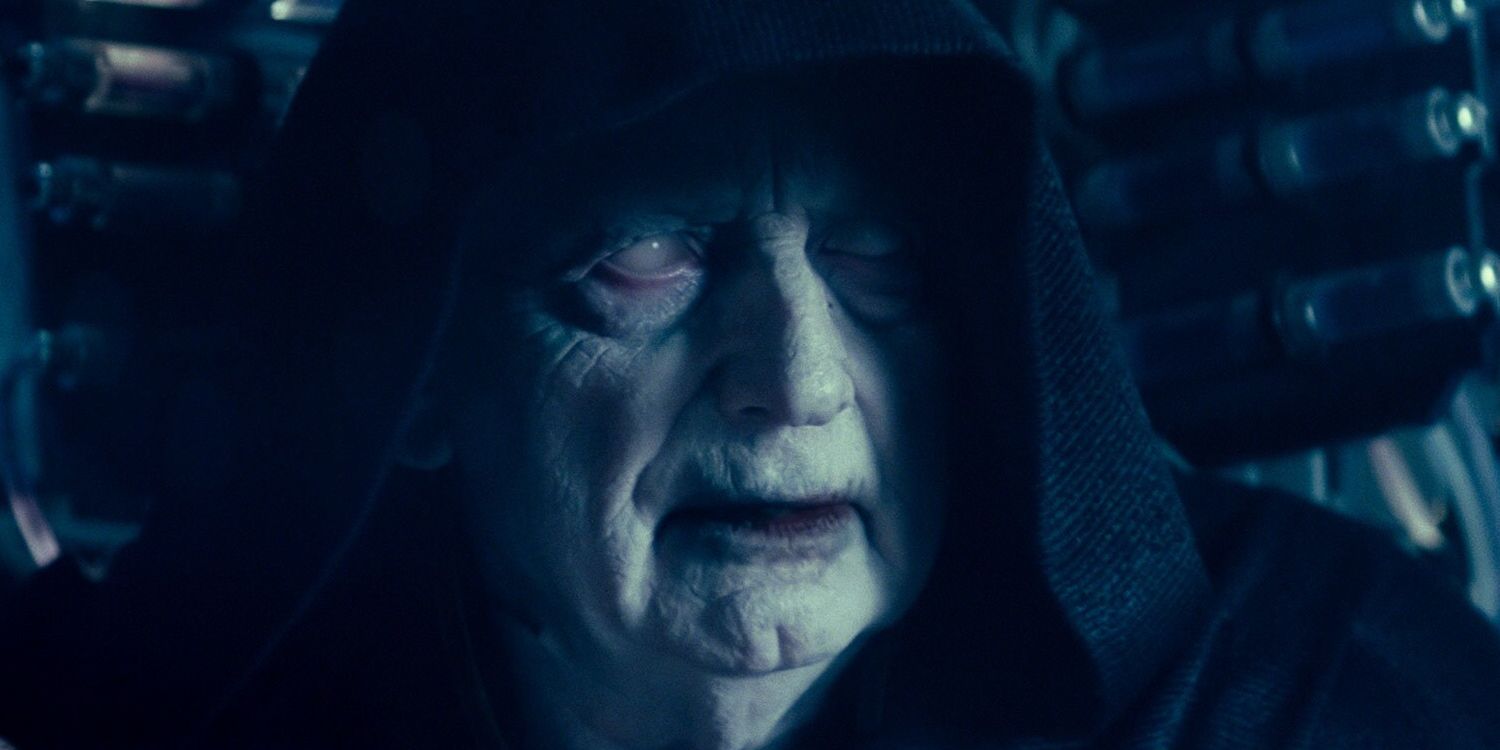 Image via Walt Disney Studios Motion Pictures
Image via Walt Disney Studios Motion Pictures
One of the main reasons the sequel trilogy incited the ire of fans even more so than the prequels did is they contain jarring moments that actively re-augment key events from the original trilogy. The most despicable example of this emerges in The Rise of Skywalker. With the film needing to find a new ultimate antagonist, it resorts to the unforgettably woeful line “somehow, Palpatine returned” to announce that the Emperor (Ian McDiarmid) was, in fact, not killed when Darth Vader (James Earl Jones) threw him down a shaft moments before the second Death Star exploded in Star Wars: Episode VI – Return of the Jedi.
Such retroactive adjustments to the pioneering original trilogy not only turned portions of the fanbase against the sequels, but they even cheapened the status and reputation of the franchise at large. The years since the release of The Rise of Skywalker have only seen the disastrous plot decisions become even more insulting. It reeks of a lazy creative team more interested in what will be a viable commercial move rather than what’s best for the sequels’ story, and is indicative of why so much of the nostalgia baiting felt so disingenuous and degrading rather than inspired and wholesome.
Star Wars: Episode IX- The Rise of Skywalker
Release Date December 20, 2019
Runtime 142 minutes
2 Finn’s Story is Abandoned
Offending Movie 'Star Wars: The Rise of Skywalker' (2019)
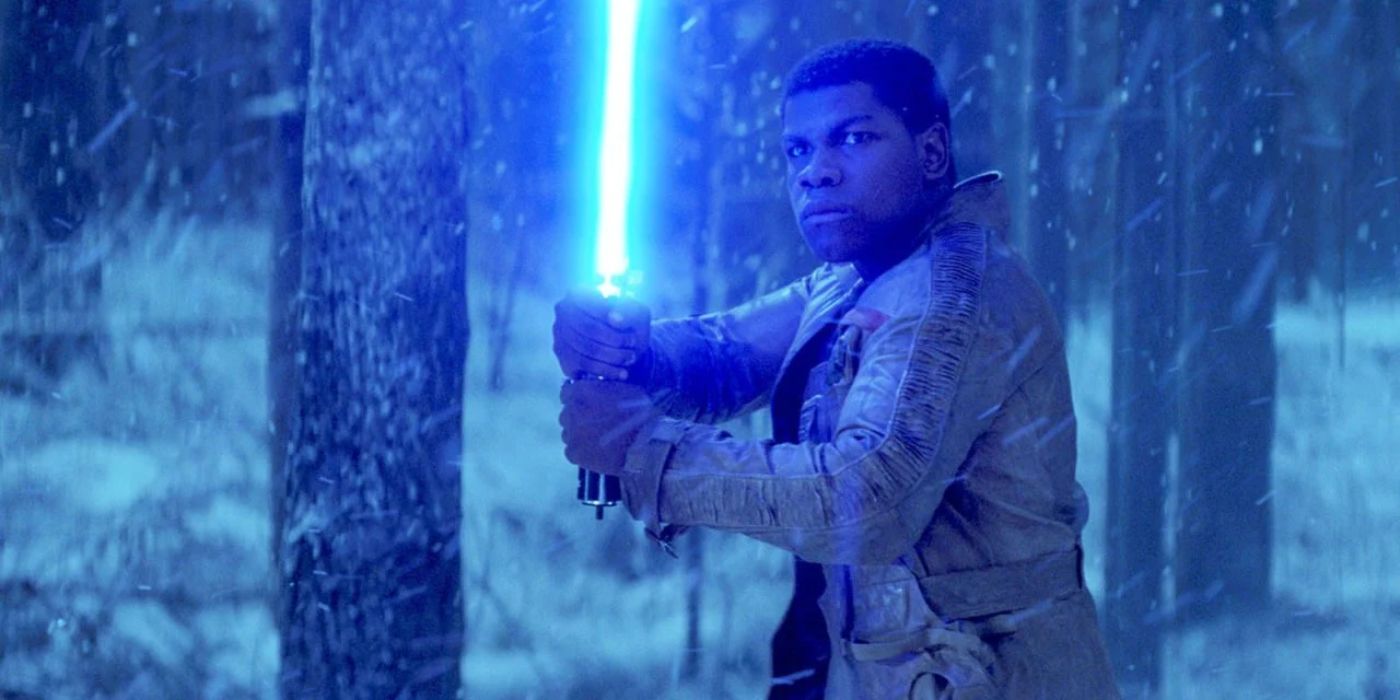 Image via Walt Disney Studios Motion Pictures
Image via Walt Disney Studios Motion Pictures
Of the three primary characters in the sequel trilogy, Finn is the one audiences are introduced to first. A nervous and disillusioned stormtrooper, his arc begins when he releases Poe Dameron from captivity to ensure his own escape from the First Order, a pivotal decision that leads him to Rey and, by extension, sees him become a member of the Resistance. The Last Jedi sees him and Rose Tico (Kelly Marie Tran) dispatched on a side mission to Canto Bight, and then The Rise of Skywalker reduces him to a superfluous side character.
Audiences wondering what exactly happened to his arc are justified in their questioning. From hinting at his potential as a Jedi to using his past to bring nuance to his alignment with the Resistance, or even just to his teased romantic link to Rey (or even Poe), the sequels invested snippets of tremendous depth in Finn’s character only to divert focus elsewhere when the set-ups should have been honored. The decision earned stern criticism from John Boyega himself, who berated Disney in an interview with GQ for how they marketed Finn extensively only to push him aside later in the trilogy.
1 The Lack of a Unified Vision
Offending Movie: The Whole Trilogy
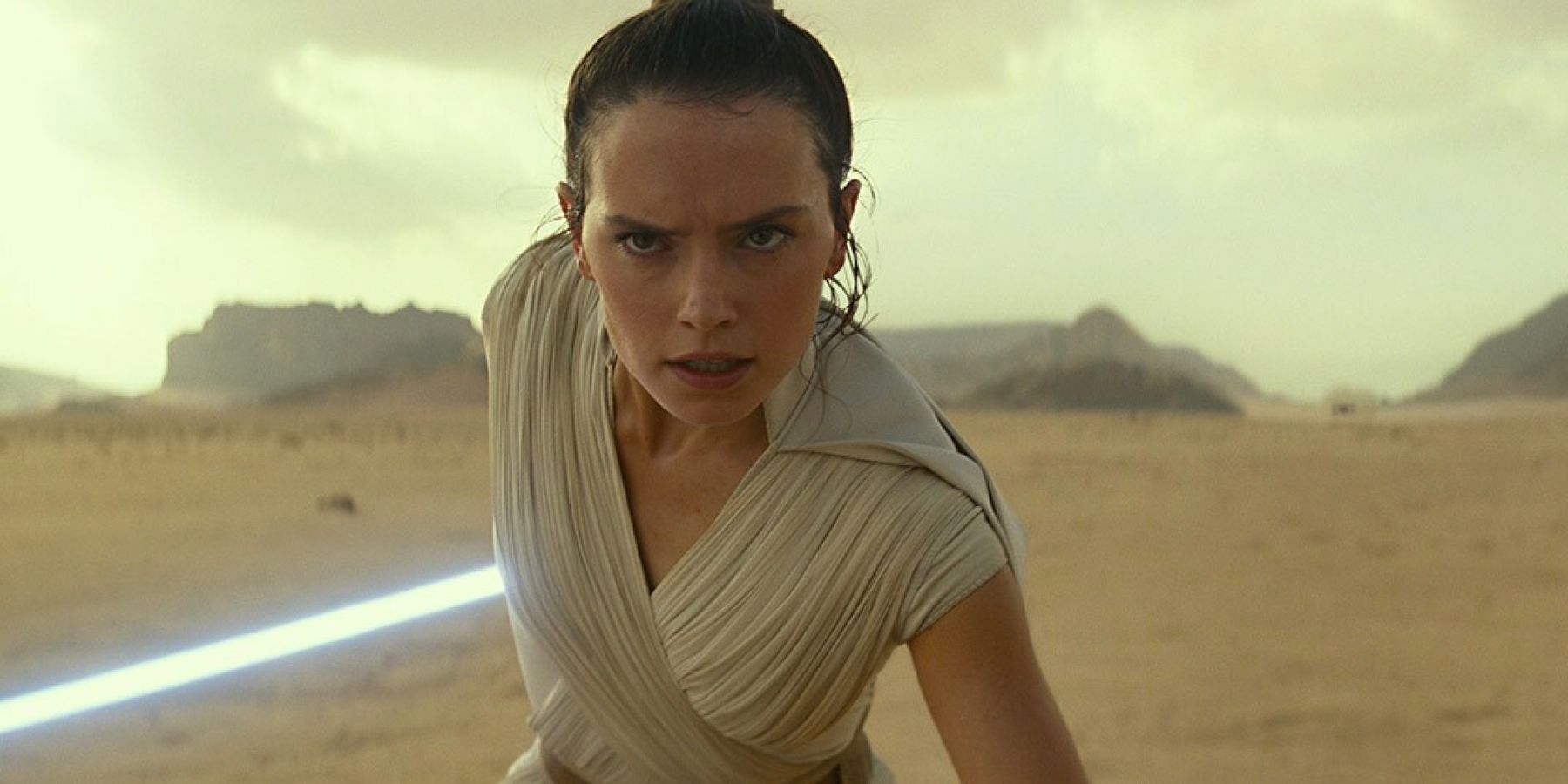 Image via Walt Disney Studios Motion Pictures
Image via Walt Disney Studios Motion Pictures
The direction of the trilogy was messy to say the least. J. J. Abrams helped launch the sequels by overseeing The Force Awakens. Rian Johnson then took charge with The Last Jedi, incorporating his own changes to the story. Given that film’s polarizing reception, the producers scrambled to get Abrams back, only for him to completely disregard everything Johnson brought to the table, making The Rise of Skywalker an unrewarding finale to a disjointed trilogy that lacked fluidity.
From forgotten plot points to abandoned character arcs, the sequel trilogy has a glaring lack of development and cohesion across its three installments. The Rise of Skywalker goes so far as to discard many of the new ideas presented in The Last Jedi, while elements teased in The Force Awakens just evaporate as the trilogy unfurls. Unfortunately, such disassociation across the three films robs the trilogy of any form of staying power, resulting in a contradicting and intrinsically clashing trilogy that is inaccessible and aimless.

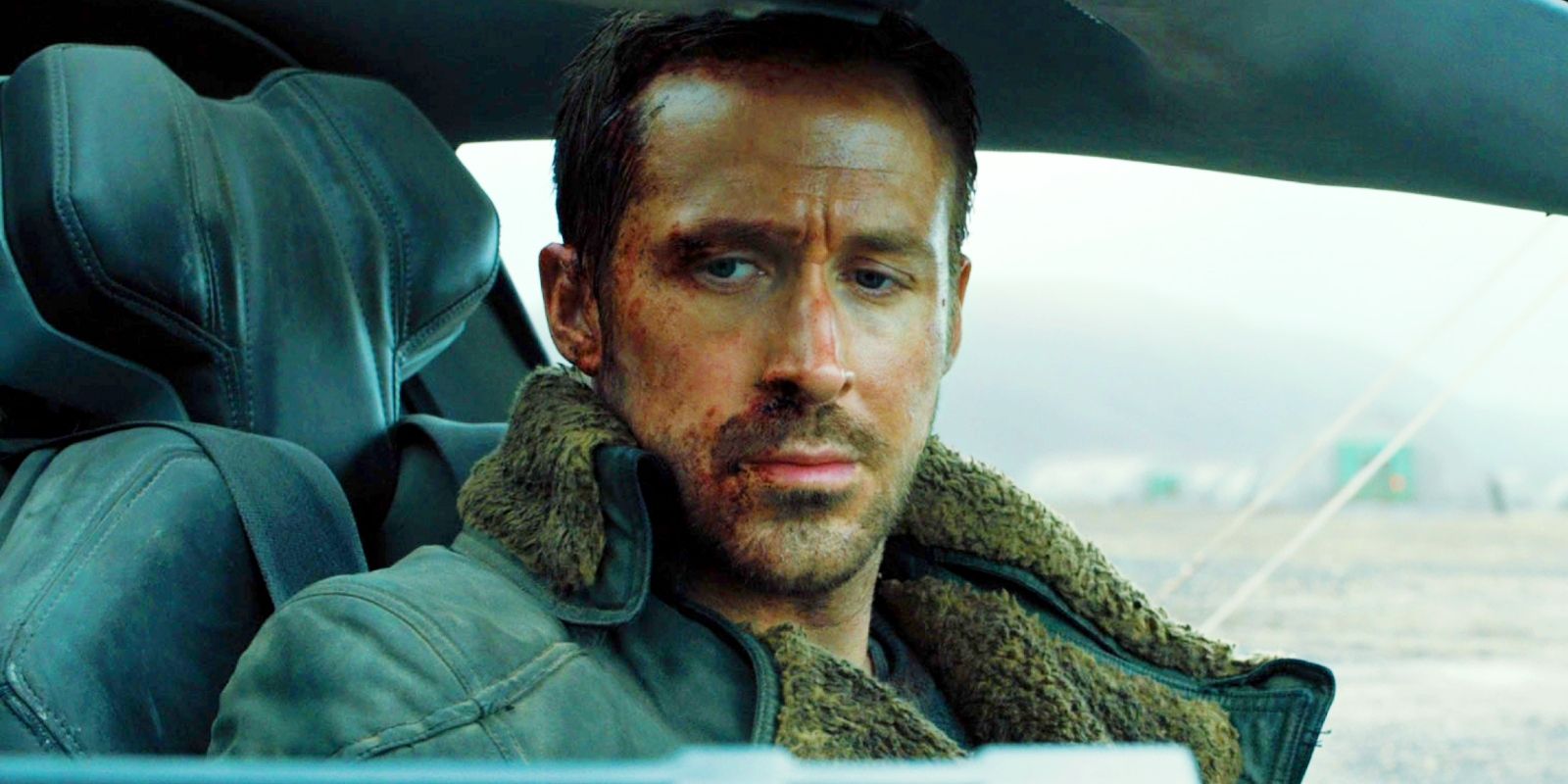
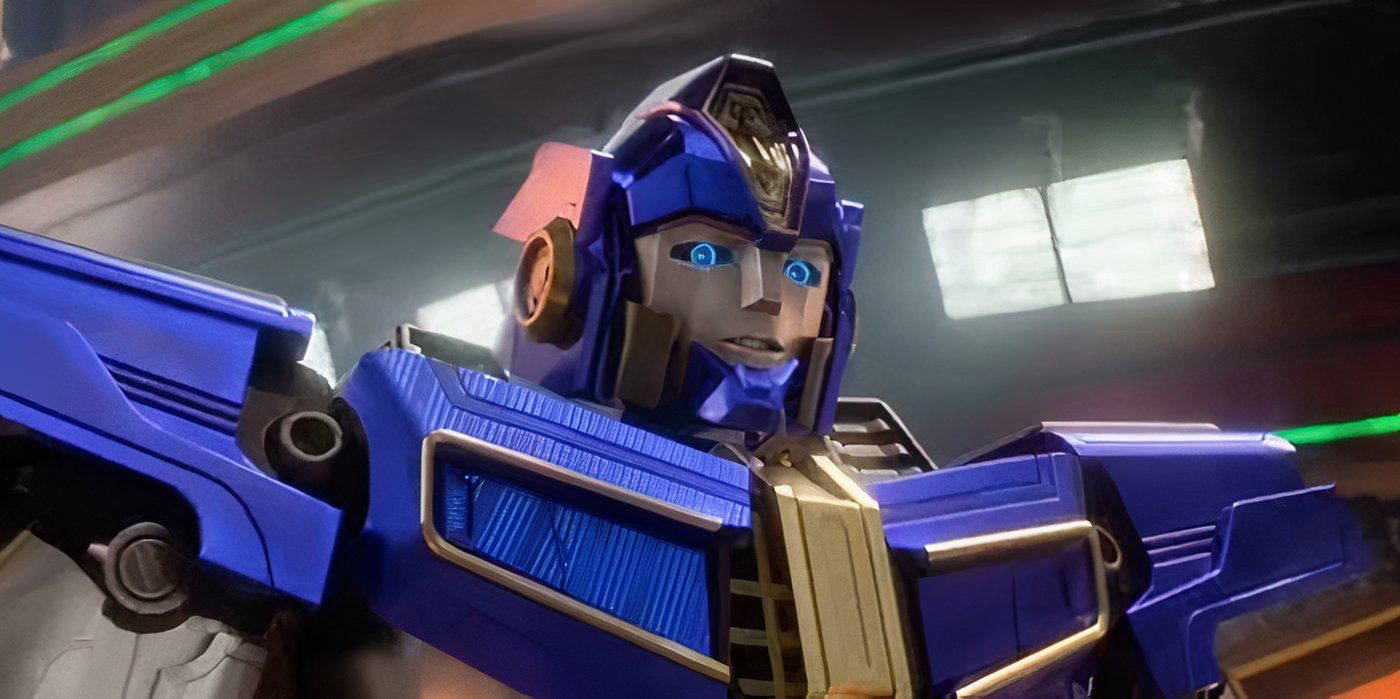
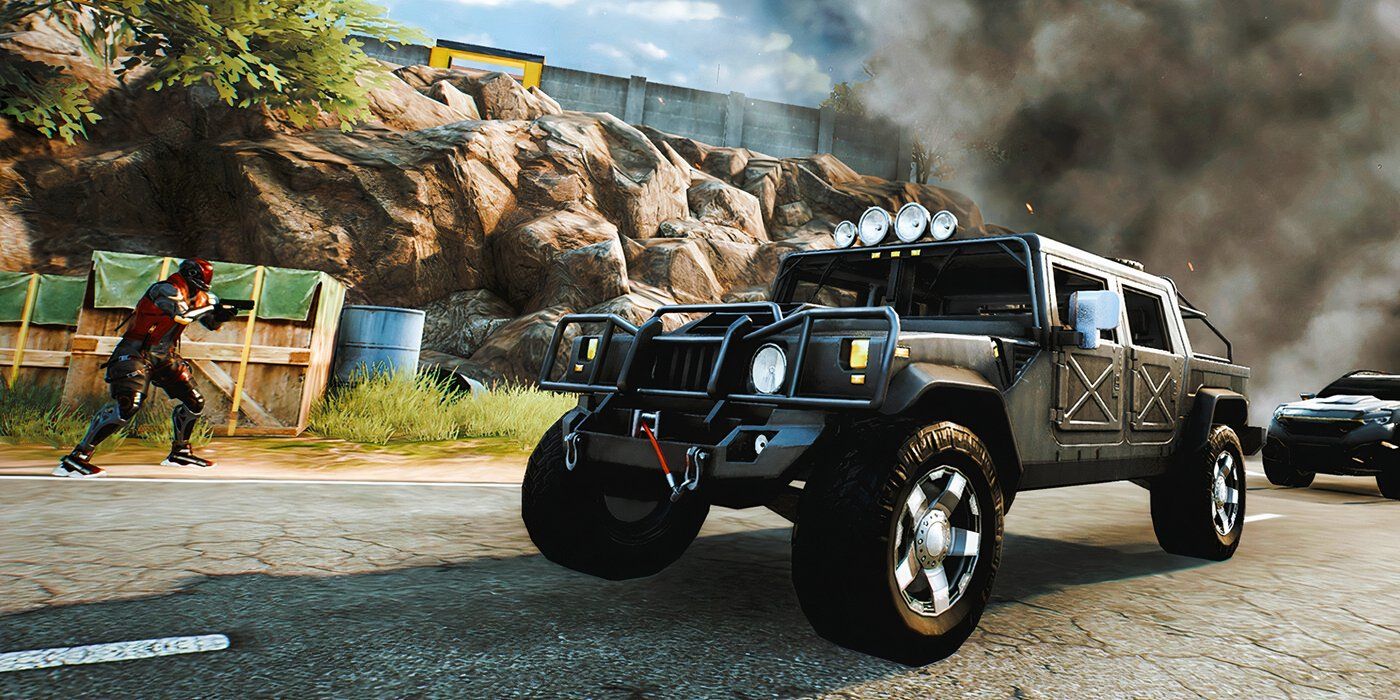





 English (US) ·
English (US) ·